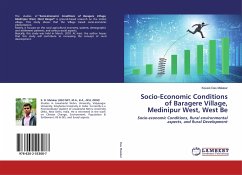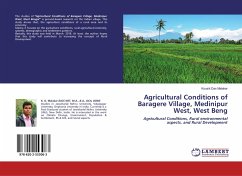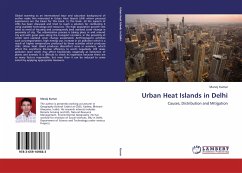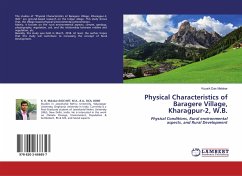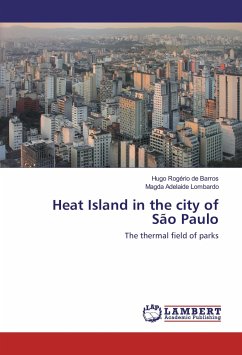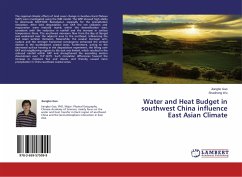This work focuses on the mapping of the urban heat island (UHI) effect with temporal and spatial variation, ETM+ (year of 2001) and TM (year of 2009) data. Remote Sensing and Geographic Information System Techniques are useful tools in Mapping Land Surface Temperature (LST) using Thermal band data. Urban Heat Island (UHI) effect can be detected from LST data. The study area is located in the Centre of the Paschim Medinipur, West Bengal. Detection of the UHI effect over 2001 to 2009 indicated that most of the areas with high UHI effect were the industrial land use regions, non-vegetated land and the areas having a high density of buildings, roads, transportations and residential areas. The areas without UHI effect were located around the regions with large areas of grassland, trees and water bodies etc. Our results also show that UHI effects represent the higher value of Normalized Difference Built up Index (NDBI).
Bitte wählen Sie Ihr Anliegen aus.
Rechnungen
Retourenschein anfordern
Bestellstatus
Storno


